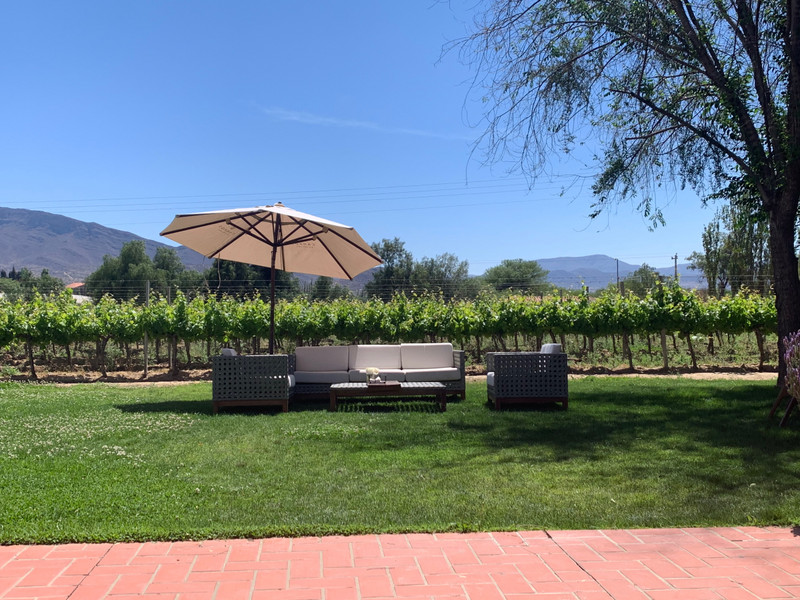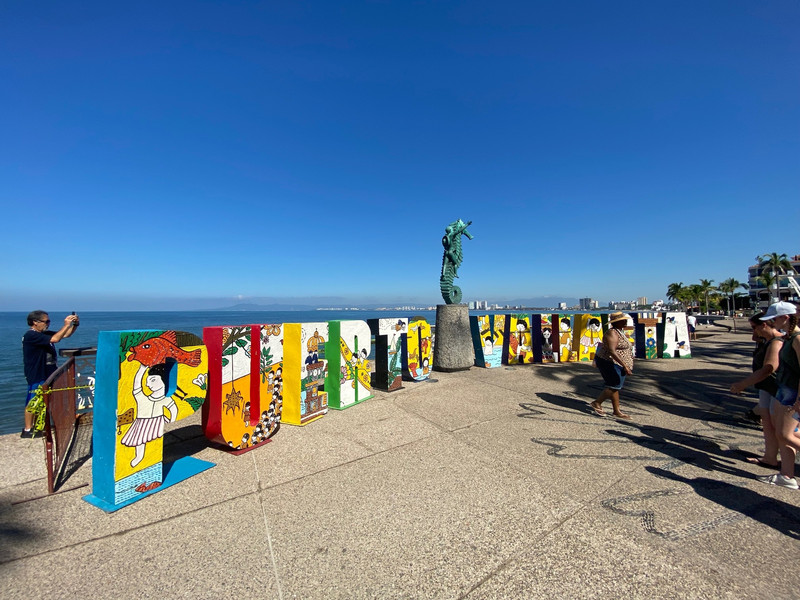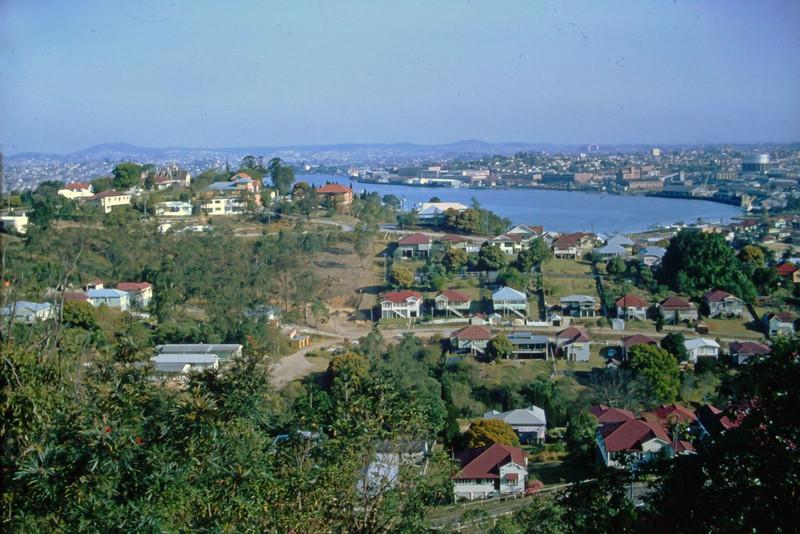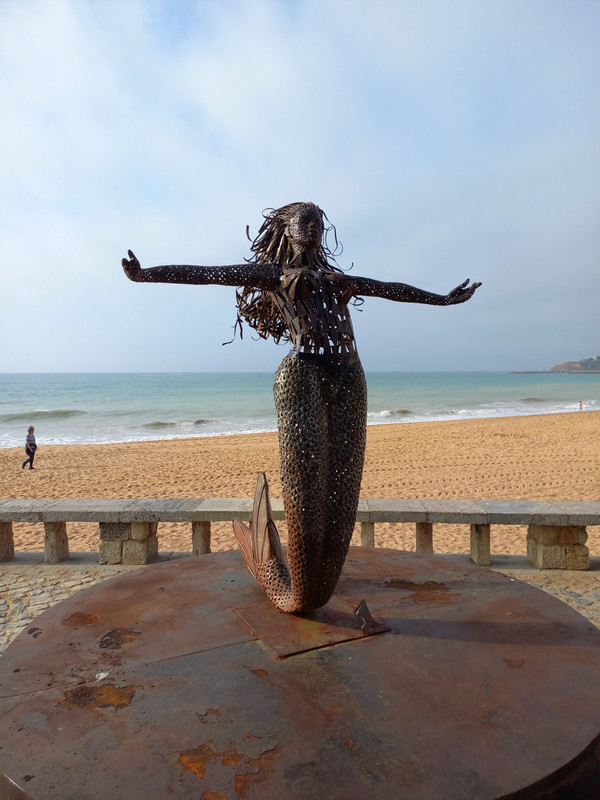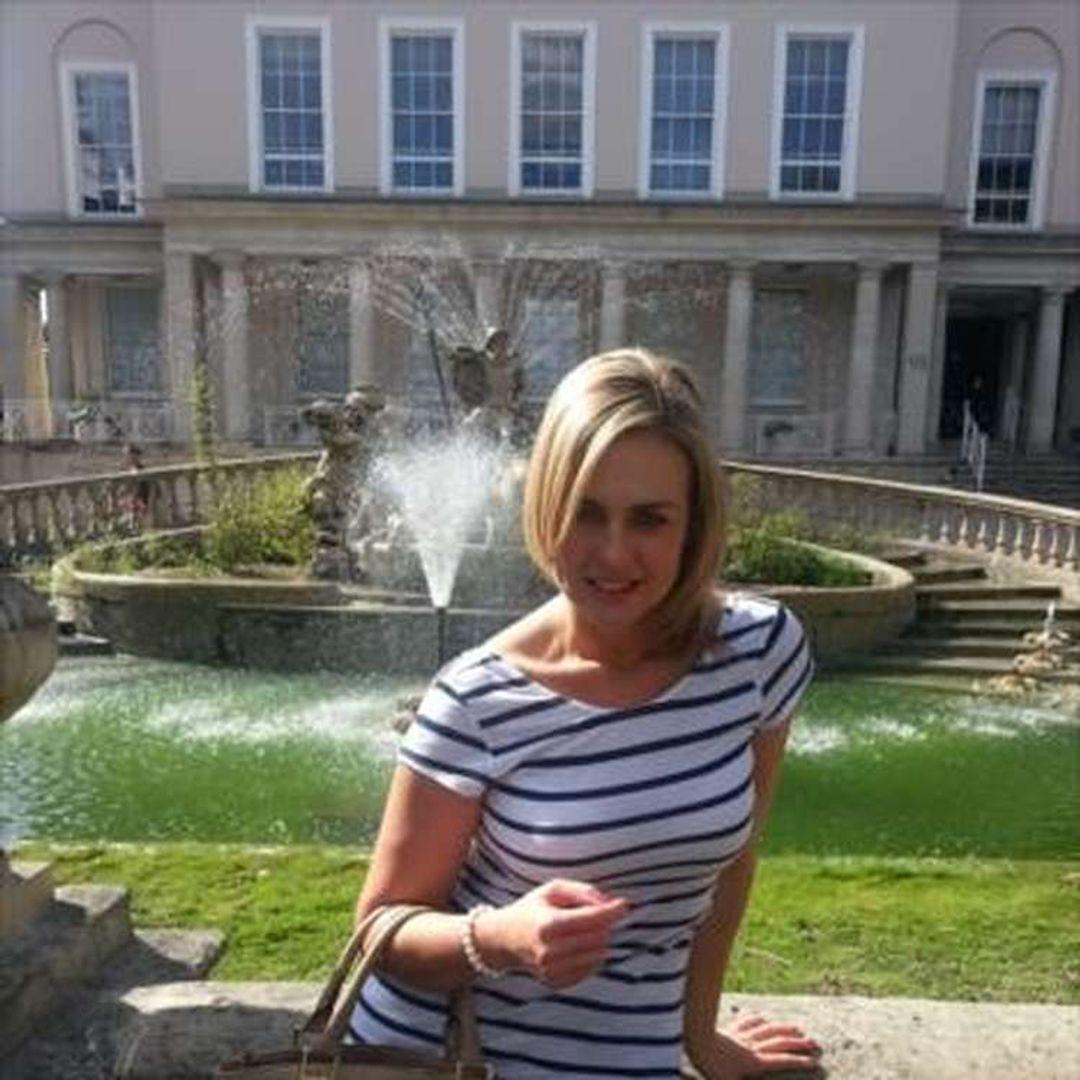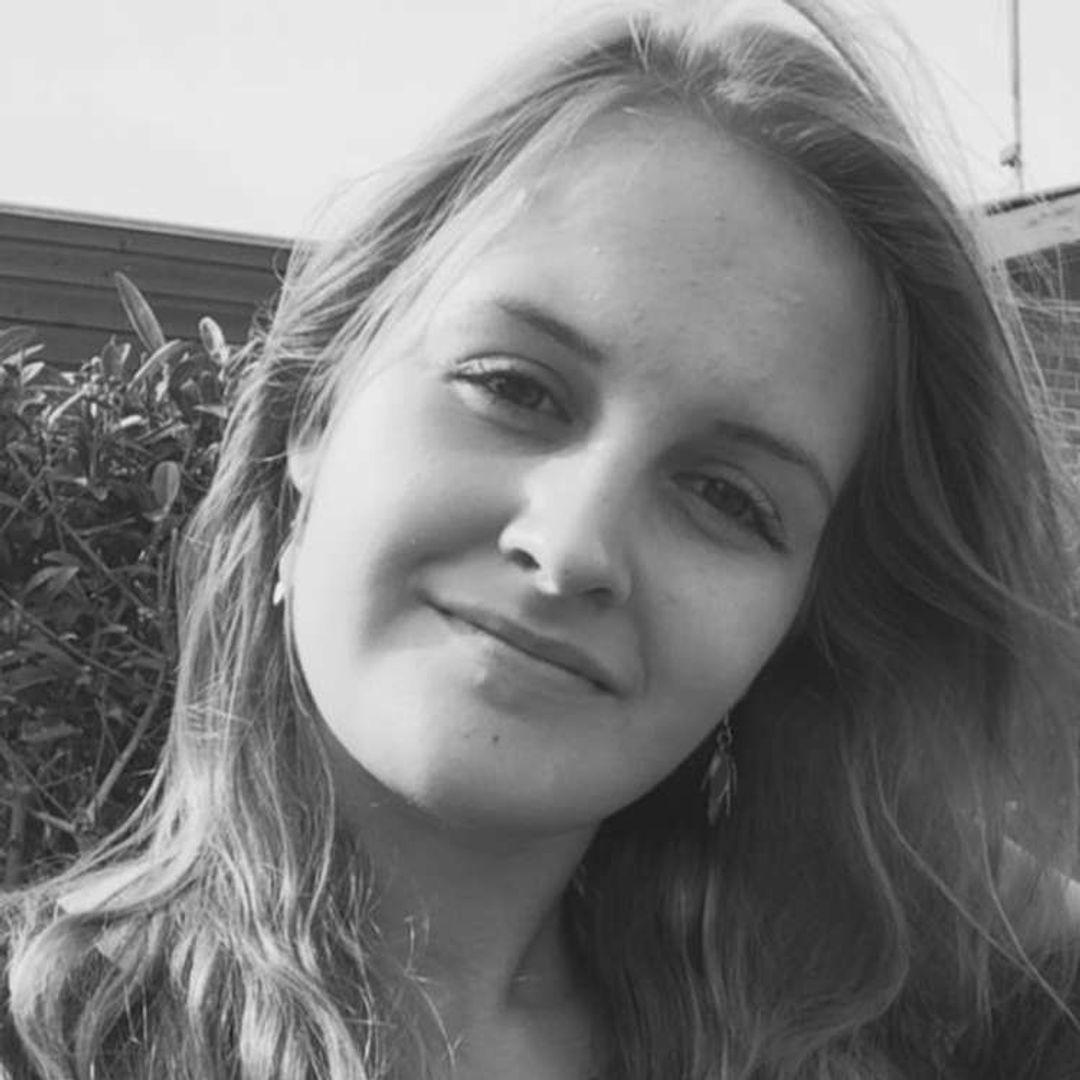Yes, I went in the sweltering heat of July. But it was well worth it, even better than the Capitol Fourth in DC. From 2018:
Not only do I finally get to attend this great event, it is held on both July 3 AND July 4!!!! The poster says: Conductor Keith Lockhart directs the Boston POPS Orchestra at the Hatch Shell, on the Esplanade, performing the identical concert which will be played on July 4th minus the fireworks display. Seating for this free event is on a basis, it will be crowded, but not as much as on the 4th.
This years headliner is Rachel Platten, along with The Indigo Girls, Rita Moreno, and Rhiannon Giddens.
Yes, I will miss both John Williams and the famous maestro himself, Arthur Fiedler. This televised program is followed by a spectacular fireworks display over the Charles River. The best place for viewing the fireworks is along Memorial Drive on the Cambridge side of the Charles River.
Sheri and I attended a Capitol Fourth in Washington DC several years ago. The featured performer was none other than Stevie Wonder. But
we encountered over a million people. It started to rain, lightly at first, but then increased to a typical summer rain. We left a little early, and watched most of the great fireworks show from DuPont Circle.
This year will be the 44th Spectacular, celebrating 241 years of our countrys independence. From the Boston Pops website: Affectionately known as Americas Orchestra, the Boston Pops is the most recorded and arguably the most beloved orchestra in the country, beginning with the establishment of the Pops by Arthur Fiedler and continuing through the innovations introduced by John Williams and the Pops spearheaded by Keith Lockhart. Its remarkable history began with its founding in 1885. Fours years earlier, in 1881, Civil War veteran Henry Lee Higginson founded the Boston Symphony Orchestra, calling its establishment the dream of my life. From the start he intended to present, in the warmer months, concerts of light classics and the popular music of the day. From a practical perspective, Higginson realized that these lighter performances would provide employment for his musicians. In May 1885—a little more than a month before the inaugural Promenade conductor Adolf Neuendorff, under the aegis of
the BSO, conducted a series of Popular Concerts in the Boston Music Hall, where the audience sat in typical concert seating and no refreshments were served. On July 11, 1885, Neuendorff—who became the first conductor of the Pops, before that name was officially adopted—led the first official Promenade Concert, distinguished from Popular Concerts by virtue of seating (tables and chairs instead of rows), program format (three parts divided by two intermissions, during which patrons could promenade around the concert hall), and the availability of food and beverages. For the rest of the 19th century, although formally called Promenade Concerts, they continued to be referred to informally as Popular, which eventually became shortened to Pops, the name officially adopted in 1900. The following year the orchestra performed for the first time in its new home, Symphony Hall. Not only is this performance space acoustically outstanding, it was also designed, at Higginsons insistence, so that the rows of floor seats for Boston Symphony concerts could be replaced by tables and chairs for Pops concerts. To this day, patrons sitting at the tables can enjoy food and drink, along with the kind of musical entertainment only the Boston Pops can provide.
I find it difficult to believe there were SEVENTEEN previous conductors of the Boston Pops before Arthur Fiedler. Artie was the first American born conductor to lead the orchestra (from 1930 to 1979). He is credited with moving the orchestra from light classical music into the world of pop culture and music. He organized the first free concerts on the Charles River Esplanade that led to Bostons now famous Fourth of July concert.


